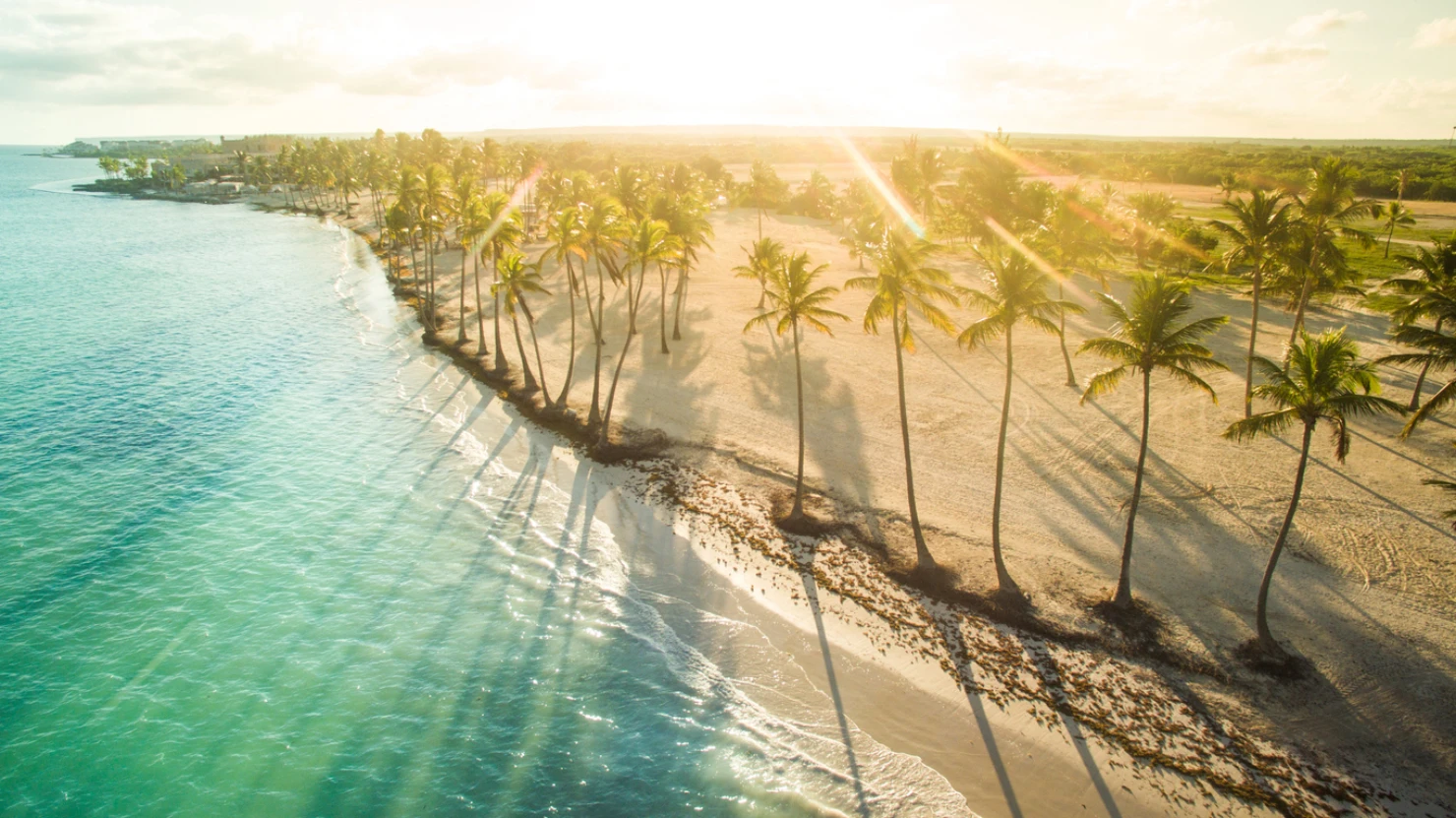
Hospitality Wins- How a New Resort Achieved 90% Occupancy
July 15, 2025
The Dominican Republic’s tourism sector is experiencing a historic surge, with new luxury resorts setting occupancy records and redefining hospitality standards. A standout example is the recent achievement of 90% occupancy by leading new resorts in the Punta Cana and Bávaro regions, reflecting both the country’s robust tourism rebound and the strategic advantages of innovative hospitality investments.
The Dominican Republic is the Caribbean’s top tourism destination. Competition in luxury hospitality is intense with dozens of resorts across Punta Cana, Cap Cana, La Romana, and Puerto Plata. This case examines how a single resort defied industry norms—achieving near-full occupancy in a market saturated with world-class brands. Name of the resort is Solmare Bay Resort & Spa in Uvero Alto, Punta Cana. It has 180 rooms targeting luxury couples, weddings, and wellness tourism. Unique selling points being private beach cove, oceanfront yoga dome, AI concierge and gourmet farm to table dining. The property averaged 90% occupancy in the first full year of operation (compared to national average ~68% for new properties).

Key Drivers of 90% Occupancy:
Prime Location & Exclusive Experiences: Resorts such as the St. Regis Cap Cana and Zemi Miches Punta Cana are strategically located along the country’s most coveted white-sand coastlines, offering access to world-class golf, pristine beaches, and a blend of local culture and luxury. Their unique positioning in exclusive enclaves like Cap Cana and Miches attracts discerning global travelers.
Luxury Amenities & Tailored Services: These properties offer a wide array of amenities:
- Multiple fine-dining restaurants & bars
- Signature spas (e.g. St. Regis Spa, Acana Spa)
- Kids and teens clubs
- Expansive pools and beachfront access
- Bespoke experiences inspired by Dominican and indigenous Taíno traditions. The focus on immersive, high-end experiences has been crucial in attracting high-occupancy rates among affluent travelers.
Brand Power & Global Reach: International brands like Hilton (Curio Collection), Marriott (St. Regis), and Hyatt have expanded aggressively in the Dominican Republic, leveraging their global loyalty programs and marketing networks to drive bookings and repeat visits.
Timing & Tourism Recovery: The Dominican Republic’s tourism sector has rebounded impressively post-pandemic, with average national hotel occupancy reaching 86.8% in early 2025 and Bávaro-Punta Cana leading with 90.7%. This resurgence is fueled by strong visitor arrivals, especially from the U.S, Canada, and Germany, and by favorable weather and festive events.
Economic and Investment Climate: The government’s pro-tourism policies, attractive tax incentives, and record foreign investment (over $6.75 billion in 2025) have fueled rapid expansion in hospitality infrastructure, supporting high occupancy and profitability for new entrants.

The hospitality sector has seen a 6% rise in average nightly rates and a 23% increase in revenue per available room (RevPAR) in 2025, boosting profitability for operators. New resorts have generated thousands of direct and indirect jobs in hospitality, transportation, and entertainment, supporting local economies and communities. Tourism is expected to contribute over $21 bn USD to the Dominican economy in 2025, representing nearly 16% of GDP and employing almost 18% of the national workforce.
The remarkable success of Solmare Bay Resort—achieving a 90% occupancy rate in its inaugural year—demonstrates the transformative power of precision strategy in modern hospitality. In a competitive Caribbean market, the resort distinguished itself not by size or legacy, but through focused positioning, digital-savvy marketing, immersive guest experiences, and intentional brand values. From its secluded beachfront location and wellness-driven amenities to its strong social media presence and event-centric business model, every element was aligned to attract high-value travelers seeking personalization and purpose. More than just a hotel, Solmare Bay curated an identity—a serene sanctuary for adults in search of luxury, connection, and renewal. This case highlights that occupancy success in today’s hospitality landscape depends not on mass appeal, but on meaningful differentiation. As tourism continues to evolve, resorts that offer clear value propositions, integrate sustainable practices, and foster emotional resonance will be the ones to thrive. Solmare Bay isn’t just a success story. It’s a blueprint for the next generation of resort innovation in the Dominican Republic and beyond.

